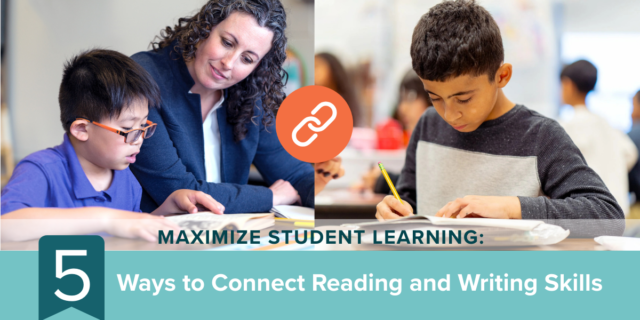
For anyone looking for high-quality reading instructional methods, it’s easy to fall in love with independent reading time. It’s research-based, it’s student-centered, and it’s flexible. Read on for details, and if you already use independent reading, it never hurts to be reminded why it matters so much.
Independent reading serves at least three important purposes in the literacy block:
- Improving students' overall reading ability
- giving students opportunity to practice all the skills they've learned
- creating classroom time and space for small-group and one-to-one instruction
Improving students’ overall reading ability
Richard Allington found that nothing had a higher impact on students’ growth as readers than time spent reading. This stands to reason. Students generally require consistent practice to become better readers, and independent reading gives it to them. This is especially important for children that don’t come from literacy-rich homes. It may be the only independent reading they do, and the only authentic way available to them to close the word gap with students from literacy-filled households. Also, it’s important to remember the crucial role that motivation and engagement play in reader’s development. Independent reading not only provides time when they might look forward to for reading, but it can increase motivation if students are allowed to choose their own books.
Giving students opportunity to practice all the skills they’ve learned
There are two important factors at play here. One is that independent reading can support any given lesson. Students need time and opportunity to put what they’ve been specifically taught to use, so independent reading makes teaching stick. The second factor is that it doesn’t matter what type of reading skill has been taught. Children need practice with consonant blends (word recognition) just as they need practice with inferring (language comprehension). No matter what strand of the reading rope they may be working on, in each case, a reader must take a highly abstract idea and turn it into a reading reality.
To take the reading rope further, independent reading also provides a way for all students to work on the skills and dispositions in Nell Duke and Kelly Cartwright’s Active View of Reading. This model accounts for vital processes such as self-regulation, strategy use, content knowledge, theory of mind, and more.
Creating classroom time and space for small-group and one-to-one instruction
Here’s the magic of independent reading time. While students are reading, the teacher can deliver highly targeted instruction to small groups or individuals. One of John Hattie’s crucial findings is that the number one factor in students’ overall growth was work with a skilled teacher. Smaller-scale interactions like groups or conferences are the types of interactions that move the needle because they are focused time between that skilled teacher and a student. Creating space for these interactions while giving students reading practice makes independent reading time a powerhouse for progress.
Underlying the power of independent reading is the understanding that no one knows a student as a reader better than their teacher. Independent reading allows teachers to take assessment data and plan instruction that meets students’ needs square on, delivering it with increased efficiency. So if you’re feeling the squeeze lately, take heart, and keep up the independent reading. It’s research-based, flexible, and provides the choice that drives reader’s engagement.
To learn more about resources that help fill curricular gaps, talk to your Heinemann representative or visit Hein.pub/Serravallo for examples.


